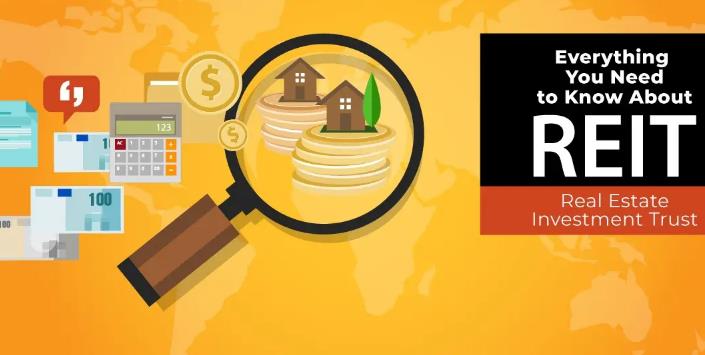Real estate investment trusts (REITs) are companies that own or finance income-producing properties, such as office buildings, shopping malls, hotels, warehouses, and apartments. REITs offer investors a way to earn regular dividends from the rents and interest payments they collect, as well as capital appreciation from the value of their assets.
However, not all REITs are created equal. Some REITs have higher yields than others, but they may also come with higher risks and lower growth prospects. How can investors choose the best REITs for reliable income in 2023? Here are some tips from a veteran analyst who has been covering the sector for more than 20 years.
Look for quality and stability
John Kim is the head of real estate research at BMO Capital Markets, and he has been named one of the top REIT analysts by Institutional Investor magazine for 16 consecutive years. He says that investors should look for quality and stability when picking REITs, especially in a volatile and uncertain environment.

“Quality means having a strong balance sheet, a diversified portfolio, a proven management team, and a track record of delivering consistent results,” he says. “Stability means having a resilient cash flow stream that can withstand economic shocks and market cycles, as well as a conservative payout ratio that can support the dividend.”
Kim says that quality and stability are more important than yield alone, because they can protect investors from dividend cuts or share price declines. He adds that investors should also consider the growth potential of the REITs, which can come from organic sources such as rent increases and occupancy improvements, or external sources such as acquisitions and developments.
Focus on sectors with favorable trends
Kim says that investors should also focus on sectors that have favorable trends or catalysts that can drive their performance in 2023. He identifies three sectors that he likes: industrial, residential, and health care.
Industrial REITs own or operate warehouses, distribution centers, and logistics facilities that serve the e-commerce and supply chain industries. Kim says that these REITs have benefited from the surge in online shopping and the need for faster delivery during the pandemic, and they will continue to enjoy strong demand and rent growth in 2023.
Residential REITs own or operate apartments, single-family homes, manufactured housing communities, and student housing properties. Kim says that these REITs have recovered from the initial impact of the pandemic, as occupancy rates and rent collections have improved. He says that these REITs will benefit from the favorable demographics of millennials and Gen Z, who are forming households and seeking affordable housing options.
Health care REITs own or operate properties such as senior housing, skilled nursing facilities, medical office buildings, and hospitals. Kim says that these REITs have faced challenges from the pandemic, such as lower occupancy rates and higher costs in senior housing and skilled nursing facilities. However, he says that these REITs will benefit from the aging population and the increasing demand for health care services in 2023.
Avoid sectors with structural headwinds
Kim says that investors should avoid sectors that have structural headwinds or risks that can hamper their performance in 2023. He identifies two sectors that he dislikes: retail and office.
Retail REITs own or operate properties such as shopping malls, strip centers, outlet centers, and grocery-anchored centers. Kim says that these REITs have suffered from the shift to online shopping and the bankruptcy or closure of many retailers during the pandemic. He says that these REITs will face continued pressure from e-commerce competition and changing consumer preferences in 2023.
Office REITs own or operate properties such as office buildings, business parks, and co-working spaces. Kim says that these REITs have been affected by the rise of remote work and the social distancing measures during the pandemic. He says that these REITs will face uncertainty about the future of work and the demand for office space in 2023.
Some examples of high-yield REITs
Based on his criteria of quality, stability, growth potential, and sector trends, Kim recommends some examples of high-yield REITs that investors can consider for 2023. These are:
- Prologis (PLD), an industrial REIT that owns or operates more than 4,700 logistics facilities across 19 countries. It has a dividend yield of 4.48%.
- Equity Residential (EQR), a residential REIT that owns or operates more than 300 apartment communities across 10 states. It has a dividend yield of 5.32%.
- Welltower (WELL), a health care REIT that owns or operates more than 1,600 properties across senior housing, skilled nursing facilities, medical office buildings, and hospitals. It has a dividend yield of 6.24%.
- Iron Mountain (IRM), a specialty REIT that owns or operates more than 1,400 storage and information management facilities across 50 countries. It has a dividend yield of 8.16%.
- Omega Healthcare Investors (OHI), a health care REIT that owns or operates more than 900 skilled nursing facilities and senior housing properties across 40 states. It has a dividend yield of 10.8%.
